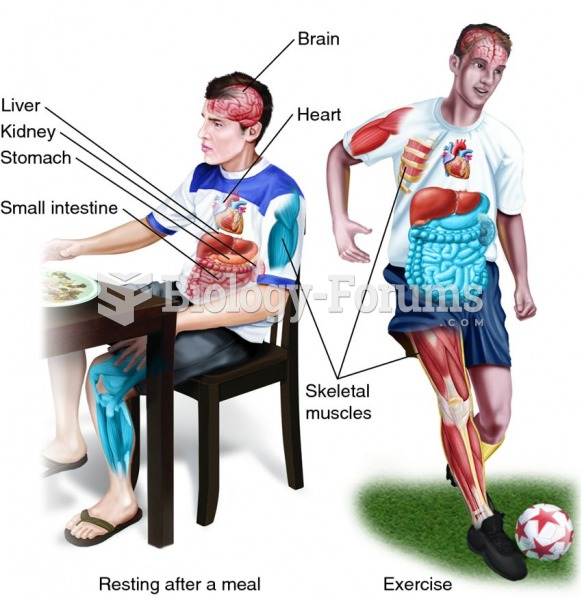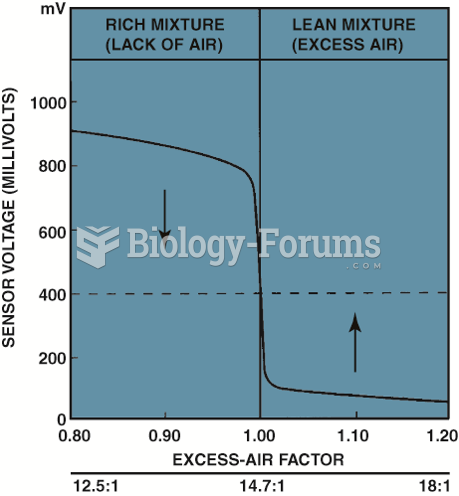Answer to Question 1
Muscles use both anaerobic and aerobic metabolic pathways to fuel physical activity. The intensity and duration of the activity and the availability of oxygen in the muscles determine the relative contribution of each pathway. Sprinting relies heavily on anaerobic pathways that deliver large amounts of ATP quickly.
The anaerobic pathways, which can generate ATP without relying on oxygen, include the ATP creatine phosphate (ATP-CP) pathway and glycolysis. The ATP-CP pathway can be thought of as an immediate energy system, while glycolysis is considered a short-term energy system. Anaerobic metabolic pathways are relatively simple compared to aerobic pathways, so ATP production is very fast. However, anaerobic pathways cannot maintain a high rate of ATP production for very long. This is why the body can rely on anaerobic metabolism only for brief periods of time.
At the onset of sprinting, Jake relies on both aerobic and anaerobic pathways to some extent. As exercise continues, there is a greater demand on glycolysiswhich also can be thought of as a short-term energy systemto generate ATP. However, if physical activity is to continue, muscles must increase their use of oxygen-requiring (aerobic) pathways (such as the citric acid cycle) for ATP production. These pathways can be thought of as long-term energy systems.
Answer to Question 2
1 . The talk test. This is based on a person's ability to converse while exercising. If a person is too winded to carry on a conversation while exercising, the intensity level is considered vigorous.
2 . Monitoring your pulse or heart rate.
a . Estimate your maximum heart rate by subtracting your age from 220.
b. For moderate-intensity exercise, stay between 50 and 85 of the maximum heart rate. Exercising at 50 to 85 of your maximum heart rate is often used as a guide or target heart rate range, because it represents the level of exertion needed for cardiovascular fitness.
3 . Borg Scale of Perceived Exertion is based on self-monitoring of your body's response to physical activity. This includes changes in heart rate, breathing rate, sweating, and muscle fatigue. A person exercising at low intensity would experience a slight increase in his/her heart and breathing rate (compared to resting rates) and his/her skin might feel slightly damp from sweating. Depending on the fitness goal, workouts can be adjusted to achieve the desired level of intensity.
4 . Indirect calorimetry, the measurement of the exchange of oxygen and carbon dioxide by an exercising person, is an option in clinical or research settings, but not available to the casual exerciser.







